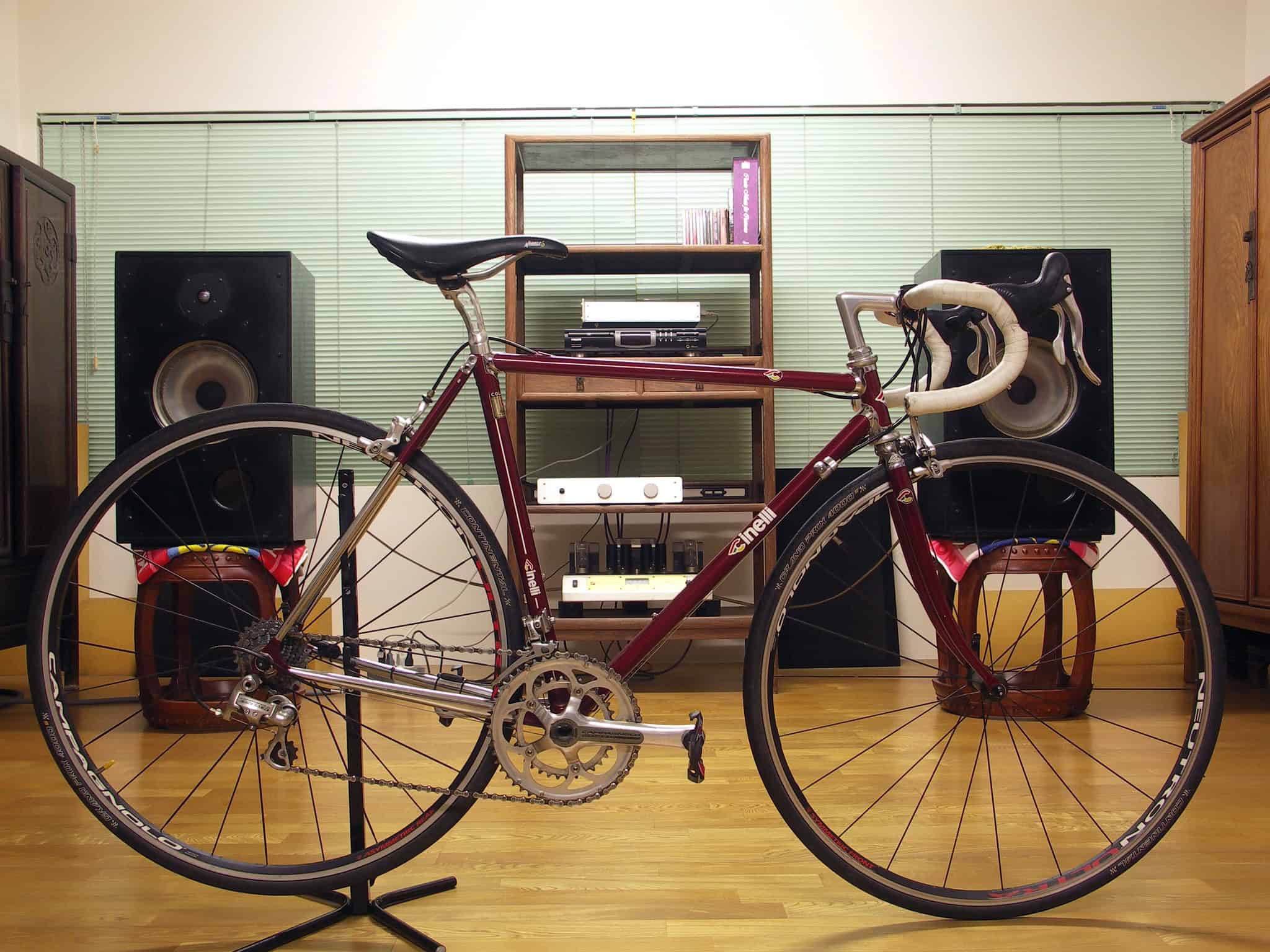In the world of product launches, even the biggest brands can stumble. Some products, despite high expectations and significant investments, fail to connect with consumers, leading to spectacular flops. These failures often serve as cautionary tales, highlighting the importance of market research, timing, and understanding customer needs. This list explores some of the most infamous product launch failures in history, each offering valuable lessons in what can go wrong when a product misses the mark.
New Coke (1985)
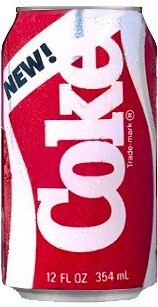
Coca-Cola’s decision to reformulate its flagship product resulted in one of the biggest marketing blunders of all time. New Coke was meant to counter Pepsi’s growing market share, but it backfired spectacularly. The public’s backlash was swift, with consumers demanding the return of the original formula. Coca-Cola was forced to reintroduce “Coca-Cola Classic” just 79 days after the launch. The fiasco highlighted the power of brand loyalty and the risks of changing a beloved product.
Microsoft Zune (2006)
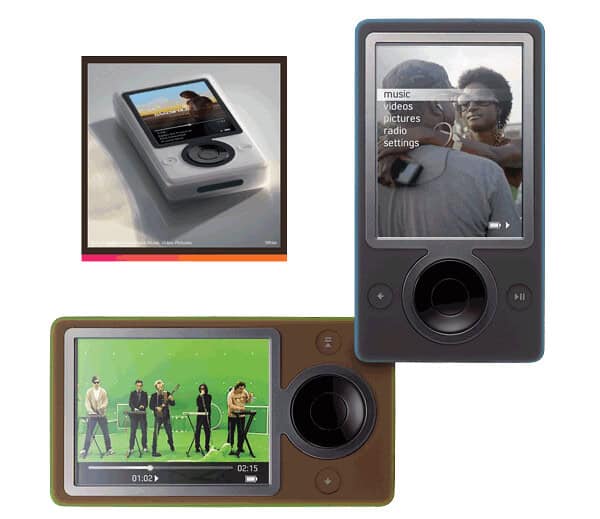
Attempting to dethrone Apple’s iPod, Microsoft launched the Zune, a portable media player. Despite Microsoft’s massive resources, the Zune failed to capture consumer interest. The device’s bulky design and lack of exclusive features made it unappealing. Furthermore, poor marketing and timing compounded its struggles. The Zune was eventually discontinued in 2012, cementing its place as a significant tech failure.
Google Glass (2013)
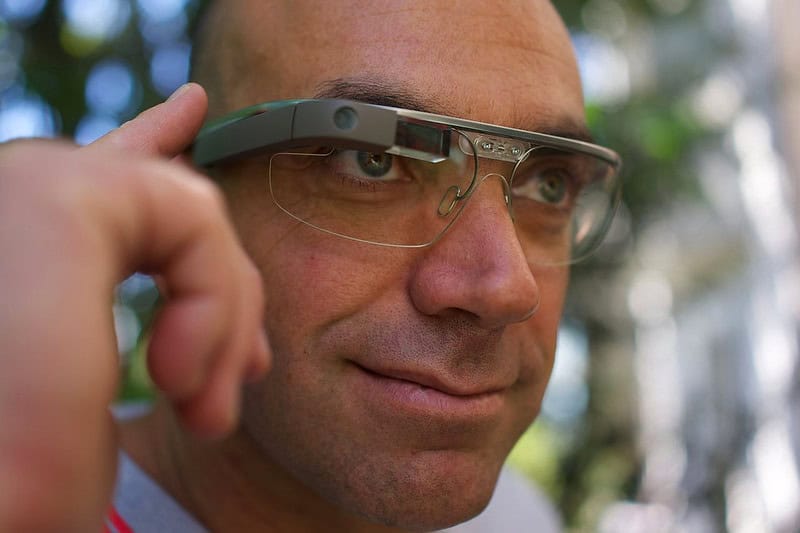
Google Glass was introduced as a groundbreaking wearable technology, promising to revolutionize how people interact with the world. However, privacy concerns, high costs, and a lack of practical applications led to its downfall. The product was met with skepticism and backlash, earning the term “Glassholes” for its users. Despite initial hype, Google halted consumer sales of Glass in 2015. The product is now considered a cautionary tale in tech innovation.
Ford Edsel (1957)
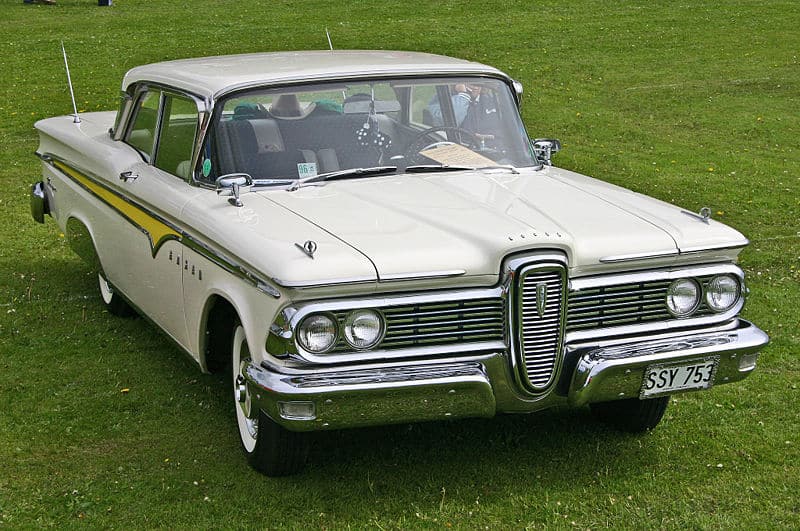
The Ford Edsel is synonymous with failure in the automotive industry. Marketed as the car of the future, it was launched with high expectations but failed to meet them. Its design was criticized as unattractive, and mechanical issues plagued the vehicle. Additionally, the timing of its release during a recession hurt its sales. Ford discontinued the Edsel just three years after its debut, suffering a massive financial loss.
Segway PT (2001)
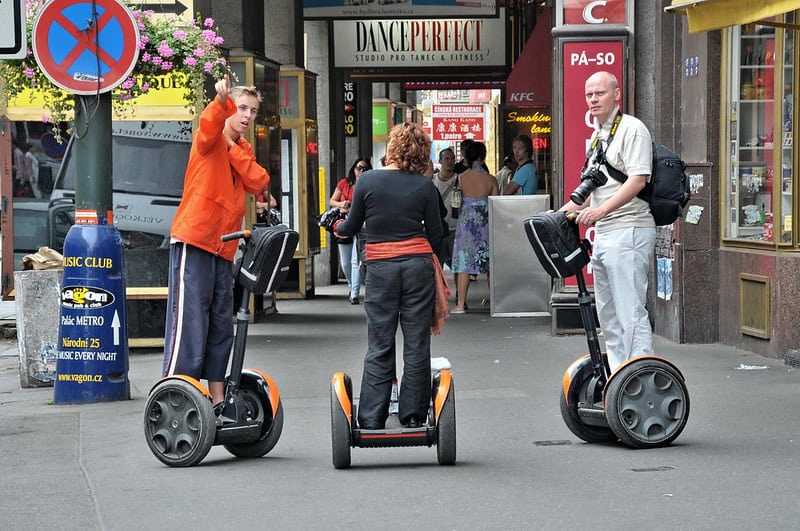
Touted as the future of personal transportation, the Segway PT was supposed to revolutionize urban mobility. However, the product failed to live up to its grand expectations. Its high price, limited practicality, and regulatory issues hindered widespread adoption. Moreover, the device became more of a novelty than a necessity. The Segway PT never achieved the transformative impact its creators envisioned.
Apple Newton (1993)
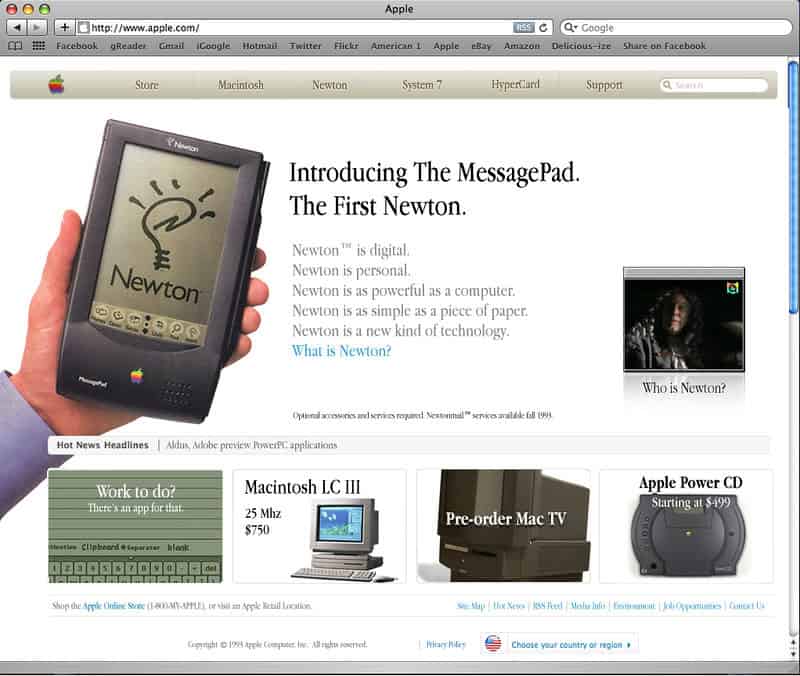
Apple’s Newton was one of the first attempts at creating a personal digital assistant (PDA), but it fell short of expectations. The device’s handwriting recognition feature was particularly problematic, often misinterpreting users’ input. High costs and limited functionality made the Newton unpopular among consumers. Apple discontinued the product in 1998 after years of poor sales. Despite its failure, the Newton paved the way for future innovations like the iPhone.
Amazon Fire Phone (2014)
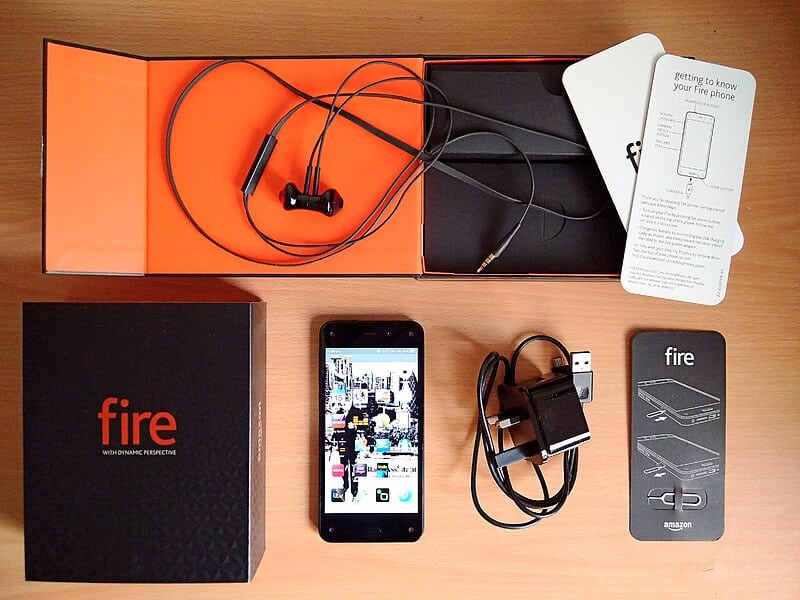
Amazon’s Fire Phone was designed to compete with industry giants like Apple and Samsung. Unfortunately, it was a commercial disaster, selling only a fraction of what was projected. The phone’s unique features, such as dynamic perspective and Firefly, failed to resonate with consumers. Additionally, its high price and exclusive tie-in with AT&T limited its appeal. Amazon wrote off $170 million in unsold inventory and discontinued the phone within a year.
Nintendo Virtual Boy (1995)
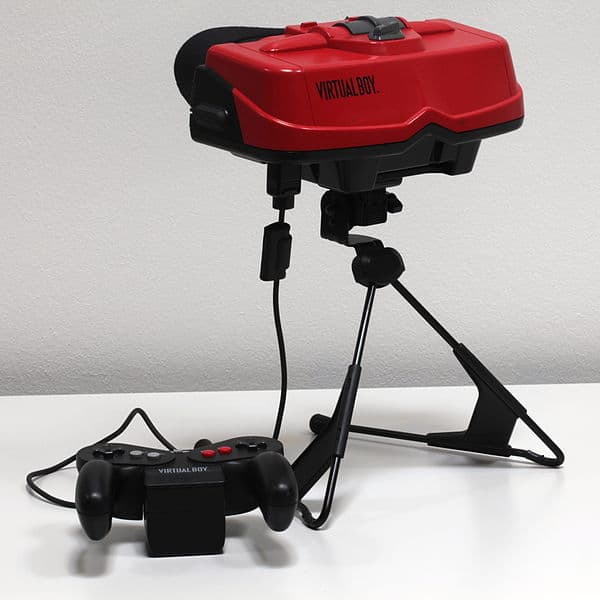
The Nintendo Virtual Boy was an ambitious attempt at creating a portable 3D gaming console, but it turned into a commercial flop. Its monochromatic red-and-black display caused headaches and eye strain for many users. The lack of compelling games and an uncomfortable design further alienated gamers. The Virtual Boy was discontinued within a year, with Nintendo selling less than a million units. It remains one of the company’s most significant missteps.
Pepsi A.M. (1989)
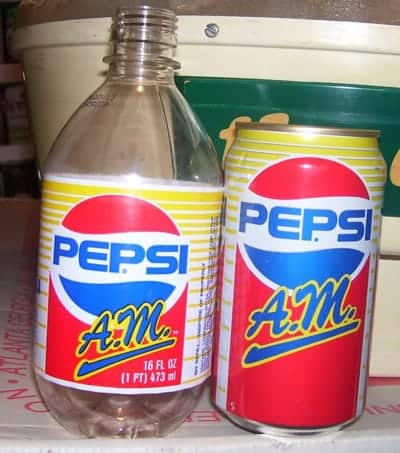
Pepsi A.M. was an attempt to market a morning soda to compete with coffee, but the concept didn’t resonate with consumers. Launched in the late 1980s, it targeted those who preferred soda over traditional morning beverages. However, the product failed to establish a market niche, and sales were dismal. The combination of caffeine and cola for breakfast was not appealing enough to create demand. Pepsi A.M. was quietly pulled from the market soon after its introduction.
HP TouchPad (2011)
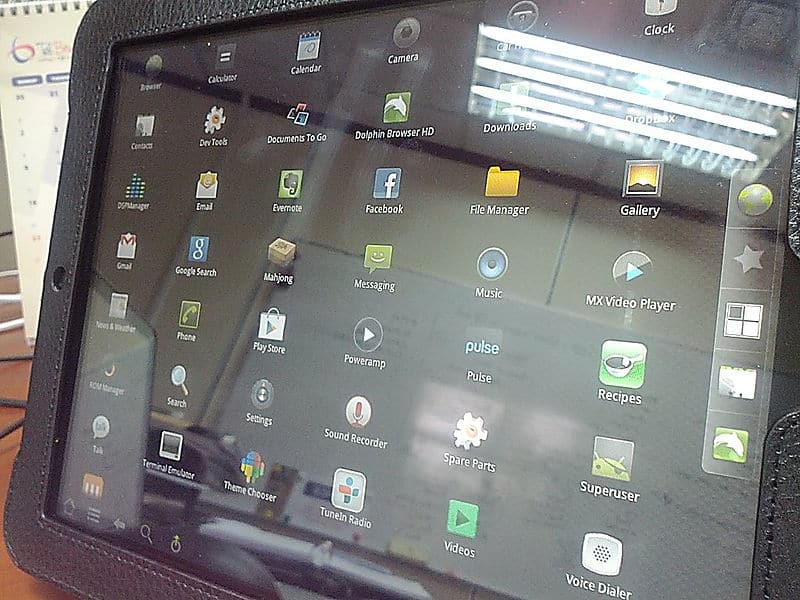
The HP TouchPad was introduced as a competitor to the iPad, but it quickly became one of the most infamous failures in tech history. Poor sales, coupled with a lack of developer support and an uninspired user experience, doomed the product from the start. Just 49 days after its launch, HP announced that it would discontinue the TouchPad. The company liquidated its remaining stock at heavily discounted prices. This failure marked HP’s exit from the consumer tablet market.
Sony Betamax (1975)
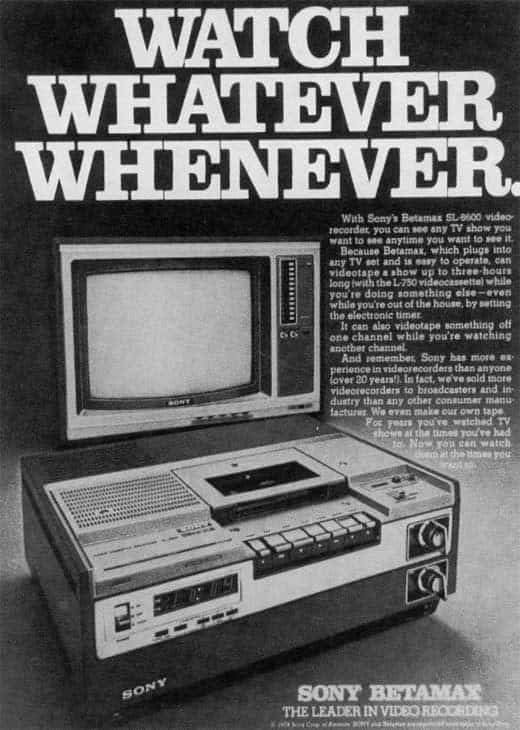
Sony’s Betamax was technically superior to VHS, but it lost the format war due to strategic missteps. Sony’s decision to keep Betamax tapes at one hour of recording time, while VHS offered two hours, turned consumers away. Additionally, VHS’s open licensing policy allowed for wider adoption by other manufacturers. Betamax was soon relegated to a niche market, while VHS dominated the home video space for decades. This loss remains one of Sony’s most significant strategic failures.
Microsoft Kin (2010)
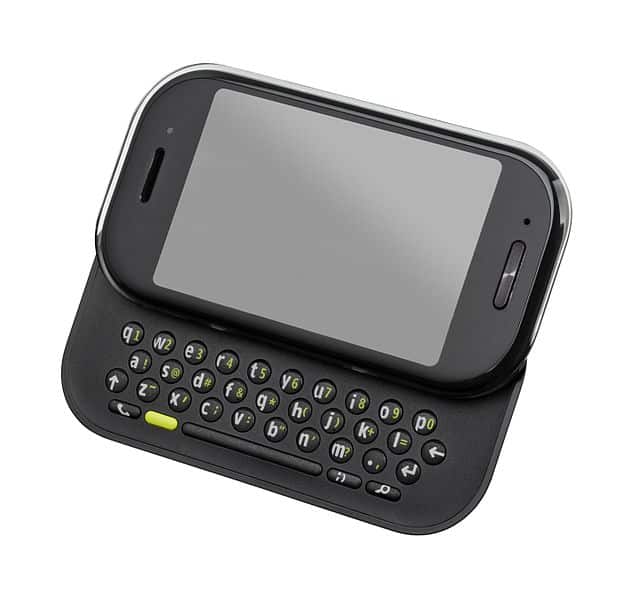
The Microsoft Kin was a smartphone aimed at the younger demographic, focused on social networking. However, the phone’s poor design, lack of apps, and high price made it unattractive to its target audience. The Kin was pulled from the market just 48 days after its launch, making it one of the shortest-lived mobile phones in history. The failure of the Kin highlighted the importance of understanding consumer needs and market timing. Microsoft’s miscalculation cost the company both financially and in brand reputation.
Samsung Galaxy Note 7 (2016)
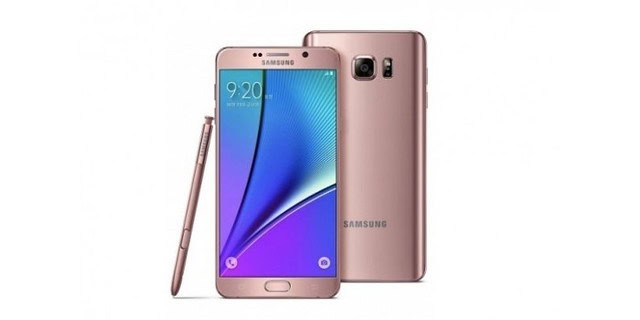
Samsung’s Galaxy Note 7 was initially praised for its innovative features, but it quickly became notorious for its battery issues. Reports of the phone catching fire due to battery malfunctions led to a massive global recall. Samsung attempted to fix the problem with a replacement program, but the new devices also experienced the same issues. Ultimately, Samsung had to discontinue the Note 7 entirely, resulting in billions of dollars in losses. The incident severely damaged Samsung’s reputation and served as a cautionary tale about the risks of cutting corners in quality control.
BlackBerry PlayBook (2011)
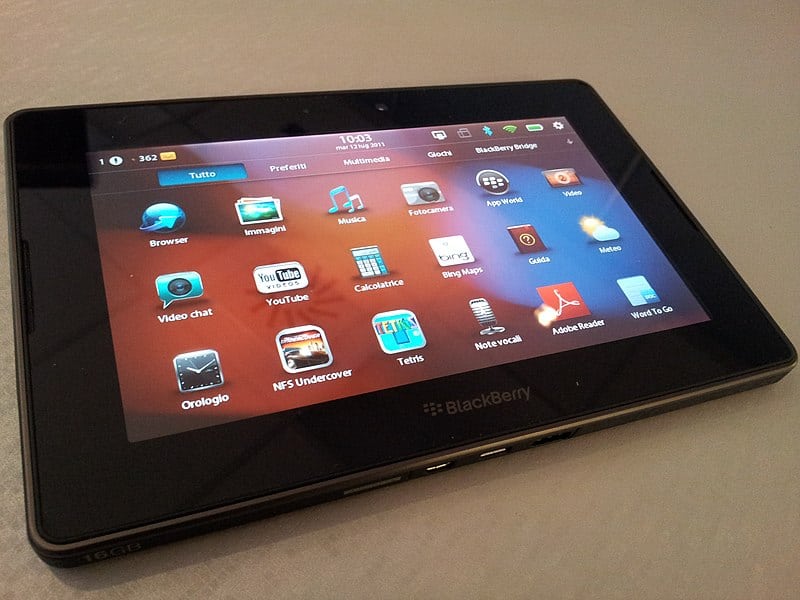
The BlackBerry PlayBook was meant to compete with the iPad, but it failed to deliver on several key fronts. The tablet launched without native email or messaging apps, which alienated BlackBerry’s core business user base. Additionally, its limited app ecosystem made it less appealing to consumers. Sales were dismal, and BlackBerry had to write down nearly $500 million in unsold inventory. The PlayBook’s failure marked the beginning of BlackBerry’s decline in the mobile market.
Quibi (2020)

Quibi was a short-form video streaming service designed for mobile devices, launched with much fanfare and celebrity endorsements. However, the platform struggled to attract and retain subscribers, partly due to its confusing business model and the COVID-19 pandemic altering media consumption habits. Despite raising nearly $2 billion in funding, Quibi shut down just six months after its launch. The rapid failure of Quibi highlighted the importance of adaptability and understanding audience needs in the streaming industry. It serves as a reminder that even the most hyped products can fail if they don’t resonate with consumers.
Coca-Cola BlāK (2006)
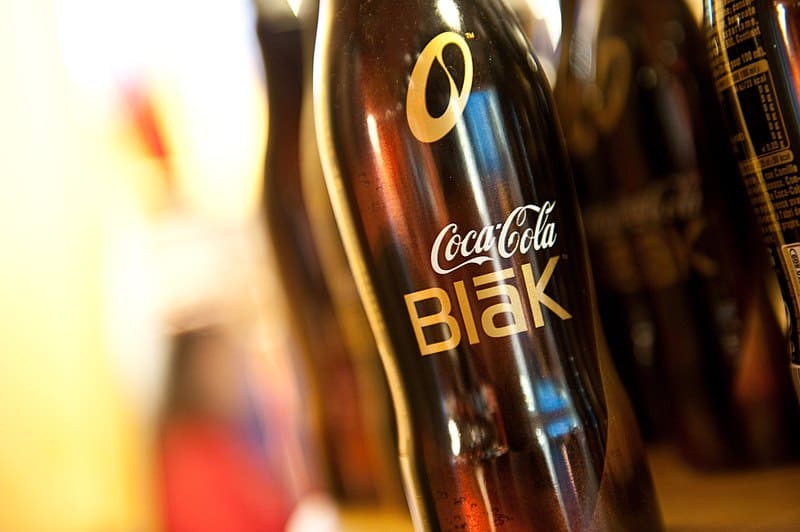
Coca-Cola BlāK was an ambitious attempt to blend the flavors of cola and coffee into a single drink. Marketed as a premium beverage, it targeted the growing trend of coffee culture. However, the combination didn’t sit well with consumers, who found the taste confusing and unappealing. Sales were disappointing, and the product was discontinued in the U.S. just two years after its launch. Coca-Cola BlāK is now remembered as a failed experiment in mixing two iconic beverages.
This article originally appeared on Rarest.org.
More From Rarest.Org
Caves hold mysteries that span centuries, offering glimpses into the earth’s hidden treasures. From glowing caverns to ancient sanctuaries, these natural wonders tell stories of history, culture, and the environment. Read more.
Fashion accessories can be more than just stylish additions to an outfit; some become timeless collectorâs items. These iconic pieces have transcended their functional purpose and evolved into symbols of luxury and status. Read more.
Coveted classic bicycles hold a special place in the hearts of collectors. These bikes aren’t just machines; they’re pieces of cycling history. Each model has a story, a legacy that makes it a treasure worth seeking out. Read more.



